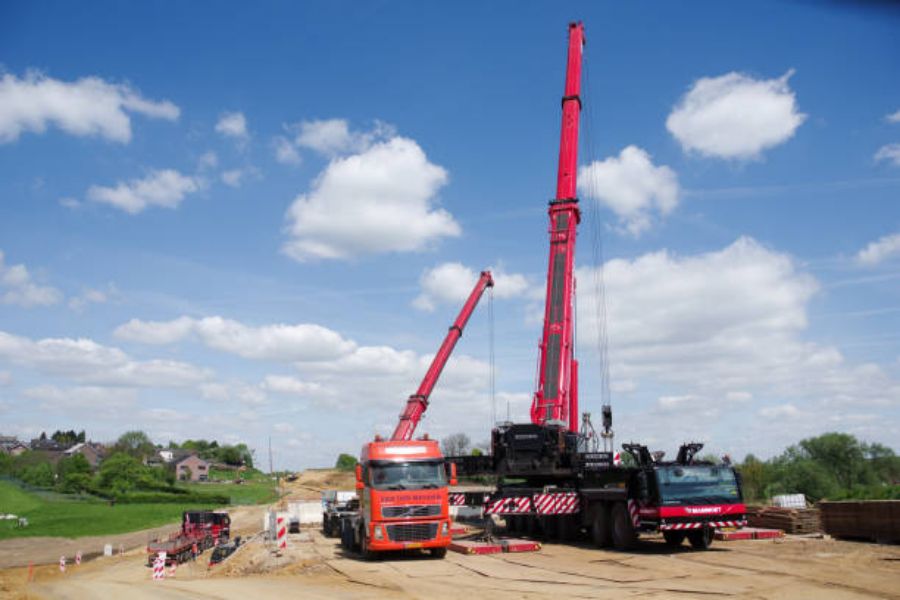Table of Contents

A Comprehensive Overview of Single Girder Low Headroom Crane
A single girder low headroom crane is a type of overhead crane that is designed to operate within low headroom spaces. It is an exceptional choice for industries that require precise load control and flexible operations. In this article, we will explore the different aspects of the single girder low headroom crane, including its functionalities, unique features, and benefits.
What is a Single Girder Low Headroom Crane?
A single girder low headroom crane is a type of bridge crane that is constructed with a trolley, hoist, bridge, and end trucks. It is designed to operate within areas with limited headroom clearance, typically between 8-12 inches. This structure is useful for factories, warehouses, and other industrial spaces that require vertical movement and material handling solutions.
Unique Features of a Single Girder Low Headroom Crane
Single girder low headroom cranes boast several unique features that help them stand out from other types of cranes. These include:
- Limited headroom requirements, making them ideal for facilities with height restrictions.
- Lightweight designs that result in reduced loads on the building structure.
- Smooth and efficient operation, even in tight spaces.
- Close proximity lifting capabilities that enhance precision during material handling.
The Functionality of Single Girder Low Headroom Crane
Single girder low headroom cranes are designed to be versatile and functional. They can be operated with a variety of control systems, from pendant remote control to radio remote control, depending on the needs of the operation. The units typically have lift capacities ranging from 1-10 tons and are engineered with top-quality steel for durability and reliable performance. They can be customized with various options, including magnetic controls, anti-collision devices, and load indicating devices.
The Advantages of Single Girder Low Headroom Crane
There are several benefits to choosing single girder low headroom cranes for your facility, including:
- Increased safety and efficiency during material handling operations
- Reduction in product damage and breakage due to precision and control during movements
- Improved floor space utilization and versatility in handling loads in a multitude of industries
- Lowered maintenance requirements and costs with minimized load on the supporting building structure
Applications of Single Girder Low Headroom Crane
Single girder low headroom cranes are suitable for different industries and applications where limited headroom is a requirement. Some of the sectors that can benefit from this crane include:
- Construction
- Automotive
- Waste Management
- Manufacturing
- Steel and Aluminum
- General Industry
- Pharmaceuticals
Safety Regulations for Single Girder Low Headroom Crane
When purchasing and operating a single girder low headroom crane, several safety regulations and practices must be followed, including:
- Crane installation and maintenance should be performed by certified professionals
- Proper training and evaluation of workers on the use and maintenance of the crane
- Strict adherence to designated load capacity and limitations
- Regular inspections of the crane to identify potential hazards and ensure its continued reliable operation
Installation of Single Girder Low Headroom Crane
The installation of a single girder low headroom crane depends on various factors such as building height, weight limitation, and available space. Proper installation and maintenance of the crane are critical for its safe and reliable operation. Therefore, it should be performed by expert installers who will ensure secure connection and a proper load balance for safe operation.
Maintenance of Single Girder Low Headroom Crane
Maintenance of the single girder low headroom crane is vital for prolonged service life and reliable machine operation. Regular inspections and servicing are recommended to identify early signs of wear and tear and mechanical failures. Properly programmed servicing and a reliable maintenance schedule, coupled with regular checks by trained experts, are crucial for preventing unexpected breakdowns and extending the life span of the machine.
